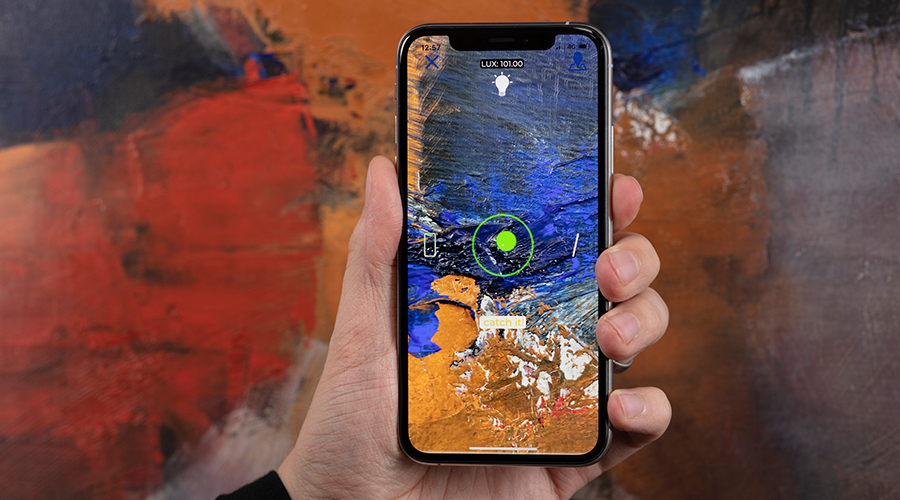Hey all,
As you can imagine, in many meetings I am attending there is also a lot of interest to understand how we identify an original artwork from a counterfeit. And such meetings are usually attended by people who KNOW about ML and AI, etc. … yeah. AI is the new cool kid in town for some time now 😉 And I guess we can safely say it will get older and mature.
I always like that moment when I am trying to explain to such experts that this is not achievable with machine learning algorithms. The faces are somehow frozen while the decoding is going on 🙂
So, I thought I will share some things about this.
Is data collected by experts 100% right?
Until now the actual originality of an artwork has been validated by experts in its field. They use besides the technology they are using to determine age, color composition, etc. their experience to assess the artwork. So I guess they did spend a LOT of time in their field of expertise.
What is it that their expertise is giving us? It tells us their personal assessment on the artwork. If they did see the artwork before in their life, they might compare it with some of their own photos and all the tests do need to back up their assumption. In case they did never see the artwork they do analyse the style and all things they know about the artist in order to come to the conclusion that this artwork is an original from a specific artist.
So here comes the clue which many people do know. It is still an analysis of the data they collected and their experience on their field of expertise. Is this a 100% proof that they are right? At least we know examples of the past where there had been some prominent misinterpretations of the underlying data they collected.
Could I train a machine to learn what the expert is doing and to judge the data properly? Simple answer is: Yes! And if we would be able to standardise the input data for all expertises performed worldwide for a long period, such an AI might even outperform an expert.
So is this the answer to my initial question? No.
How do you secure an original?
Let’s slightly change the case for a moment. Let’s say you buy a pack of printer paper. And we do ask a paper expert to tell us what kind of paper it is, like thickness, oxygen bleached, recycled, and and and… with tests he likely can tell us what has been the basis of the paper and much more information. And yes, I can imagine that he might be even able to tell you which company produced the paper. But will he be able to differentiate all 500 sheets of papers? Especially if we show each of them once? Let’s assume he might get to his limits 😉
I think you get the point here. And this is what we are doing, we can differentiate surfaces from each other and this is something a machine can hardly learn over time, as there is only one sheet available. Deviations are not existing for a better training of the AI.
The secret lies on the surface
Something people do forget from time to time is that we are doing everything with a Smartphone pulled out of your pocket. So could I create a machine that can do this maybe with ML… I guess with the increasing computing power this might be possible but the problem we have is that we need to have a black on white result. Not a kind of probability or likelihood assessment.
The answer is math. The only way to identify securely an original registered surface is the mathematical analysis of the scanned surface data.
Hope this made sense to you.
Kind regards,
Kai
About the author:

???? Kai Zeh loves that at 4ART we can be creative ourselves, but also develop creative solutions for creative people.
His superpower is to adapt his digital competence and tactical knowledge to innovative projects, always thinking about how to make the client’s life easier.
Fun fact: “I have curly hair. I just don’t show it anymore.” ????
